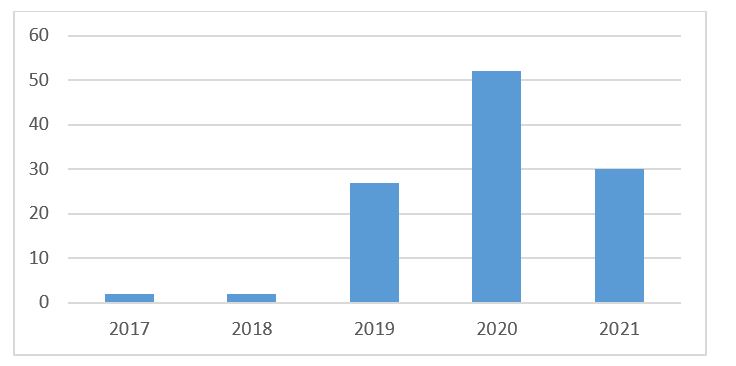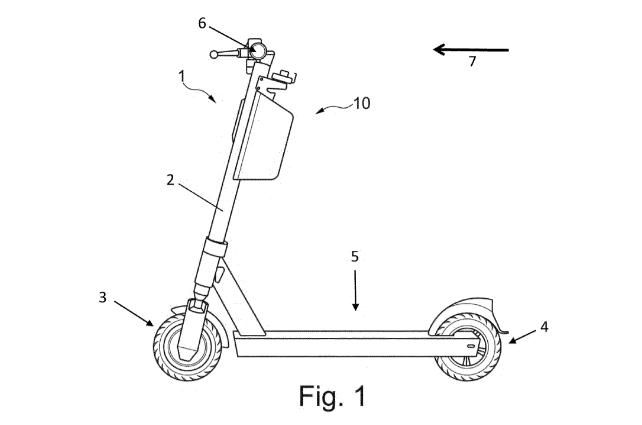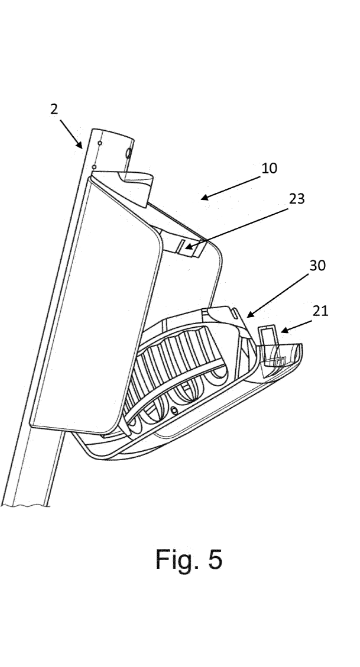10/11/2021
In the run-up to COP26, a number of recommendations for priority actions to tackle climate change were published in the COP26 Special Report on Climate Change and Health, one of which is to prioritise walking, cycling and public transport.
In November 2020, the UK Government published their Ten Point Plan for a Green Industrial Revolution. Point 5 of the plan looks at Green Public Transport, Cycling and Walking, in which the government said they will “launch a national programme of support to increase uptake of electric bikes” and set a target milestone by 2025, in which they will “double cycling rates from 2013 levels to 1.6 billion stages per year”.
Research cited by the COP26 special report has also determined that emissions related to cycling regular bikes can be more than 30 times lower for each trip than driving a car powered by fossil fuels, and about ten times lower than driving an electric car, when comparing the life cycle of each travel mode.
Recently, as seen in large cities in the UK, there has been an increase in cycling infrastructure, which, although partly due to lessening use of public transport during Covid-19, is aimed at encouraging more cyclists on the road.
Going Electric
Not only have the number of cyclists increased, but there has been a large increase in e-scooters and e-bikes on the roads, which, although they are electrically assisted/powered, are an innovative way to reduce private car use.
Across the globe, there has been an increase in the number of countries allowing rental scooters to be ridden, providing a greener alternative to cars, and reducing the use of cars for short intra-city journeys. In the UK, to reduce the number of cars on the roads and the number of people using public transport during Covid-19, the government fast tracked e-scooter rental trials in towns and cities across the UK, and made rental scooters legal on UK roads from 4 July 2020. As well as e-scooter trials, there are an increase in electric bikes being deployed in cities across the UK.
Despite their popularity, the use of privately owned electric scooters on UK roads remains illegal for the time being. One of the main concerns regarding the use of e-scooters on public roads is their safety. Unlike Santander Cycles (popularly known as “Boris bikes”), e-scooters and e-bikes are not required to be docked, and are not limited to the speed at which the user can pedal. In order to address these issues, a number of safety features are necessary for rental e-scooters and e-bikes, such as limited speeds and designated parking zones for the vehicles to prevent streets being scattered with scooters and bikes. Another challenge is preventing the scooters from leaving the designated trial areas.
Current Technology
There is a wide range of technology being developed to improve the safety of e-bikes and e-scooters, leading to an increase in patents being filed by the major companies (see our blog from 2020 to see an overview of the number of patents being filed by each company). The below graph shows the number of published patents per year related to e-scooters and e-bikes being filed by the rental companies operating in the UK (Lime, Tier, Bird, VOI and Ginger). As can be seen below, the number of patents published in the names of these companies is rising. Given that patent applications normally only publish eighteen months after they have been filed, it is likely that there are also further filed applications yet to be published.

Figure 1: Patents published per year by Lime, Tier, Bird, VOI and Ginger
These published patent applications relate to a large range of e-scooter and e-bike technologies being developed, most of which are aimed at solving safety problems.
Foldable Helmet


Tier’s published patent, WO2021180788A1, relates to a foldable protective helmet which is attached to the stem of an e-scooter, providing an optional helmet which the rider is able to unlock free of charge. Currently the majority of riders of e-scooters and e-bikes seen in London opt to not wear a helmet, as rental e-scooters and e-bikes are marketed at being a low maintenance form of transport, and therefore people are unlikely to carry around a personal helmet. Therefore, Tier have identified the gap in the market for an increase in road safety of riders, and say that they are the first e-scooter company to launch an integrated helmet solution. This patent application will hopefully encourage the development of similar technology by other e-scooter companies to increase the safety of users and encourage the public to ride e-scooters.
Parking Verification
One of Lime’s applications, WO2021178426A1, describes a real-time, AI vehicle parking verification system. The application describes training a machine learning model to determine whether a parked ‘personal mobility vehicle’ is parked according to a plurality of parking rules, such as whether it is in the way of pedestrians, or too close to the edge of the pavement. E-scooters currently rely on manual vehicle parking image validations, however these measures are resource and time intensive, and therefore this technology represents a push to streamline the hire process as much as possible.
Operational Zones
Another Lime application, WO2021173596A1, describes vehicle operation zone detection, where the e-scooter is able to detect defined operation zones during use. This detection of different zones can be applied to limit the use of a vehicle in areas with speed restrictions or bad road conditions, as well as in areas of high pedestrian or traffic density, minimising the risk of collisions.
Charging
Our final example, another Lime application (US20210158460A1), addresses the problem of charging e-scooters and e-bikes. The system disclosed in this application provides charging information to a user, as well as reward information to incentivise a user to charge the vehicle based on the state information of the vehicle. For example, the reward may be transferring money to a user’s bank account. Therefore, using this system, not only are riders incentivised to charge vehicles for companies, but also to ride the e-scooters as they could earn back some of their rental fee.
It is clear that this is an emerging technology, with innovation not just in the core aspects of e-bikes and e-scooters but in the whole ecosystem, from safety to charging. This spread of patent activity across multiple different technological areas reflects the fact that this is a new system of transport, and one which will no doubt play its part in the challenge to tackle climate change.
This article is for general information only. Its content is not a statement of the law on any subject and does not constitute advice. Please contact Reddie & Grose LLP for advice before taking any action in reliance on it.

